Have you ever wondered what’s really in your favorite snacks? Many of them contain secret ingredients that might surprise you. From unexpected flavors to hidden health benefits, these snacks have more than meets the eye. Let’s uncover the secrets behind what makes your favorite treats so delicious.
Beet Juice in Red Velvet Cake
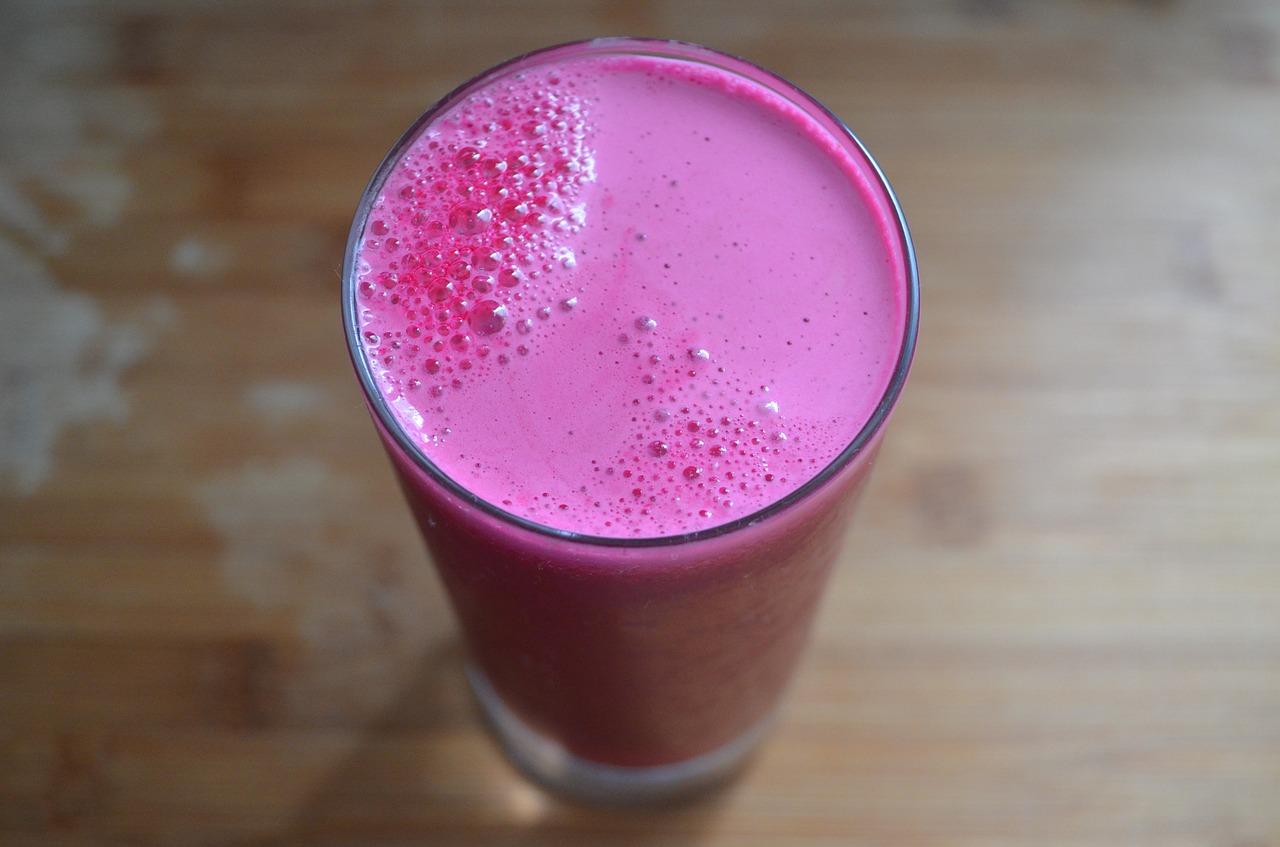
Beet juice is often used to enhance the red color of red velvet cake. Unlike artificial dyes, it adds a natural and subtle sweetness. This ingredient also contributes to the cake’s moist texture. Plus, it’s a healthier alternative to synthetic food coloring.
Seaweed in Ice Cream
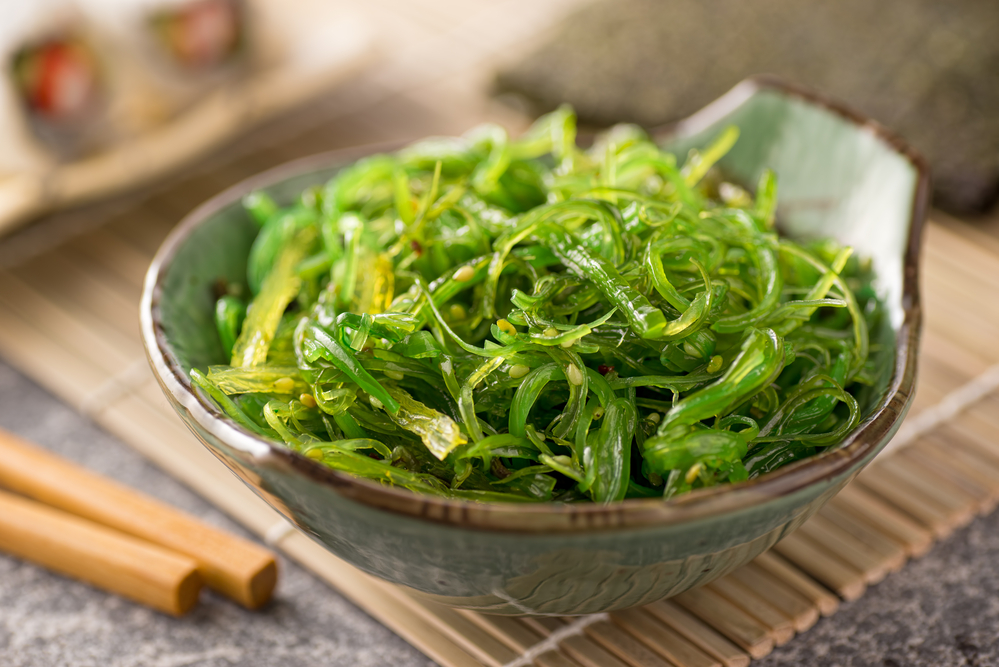
Seaweed, specifically carrageenan, is a common ingredient in ice cream. It acts as a thickener and stabilizer, giving ice cream its creamy texture. Although it might sound unusual, it’s completely tasteless. This marine plant helps maintain the smooth consistency of your favorite frozen treat.
Chicory Root in Coffee
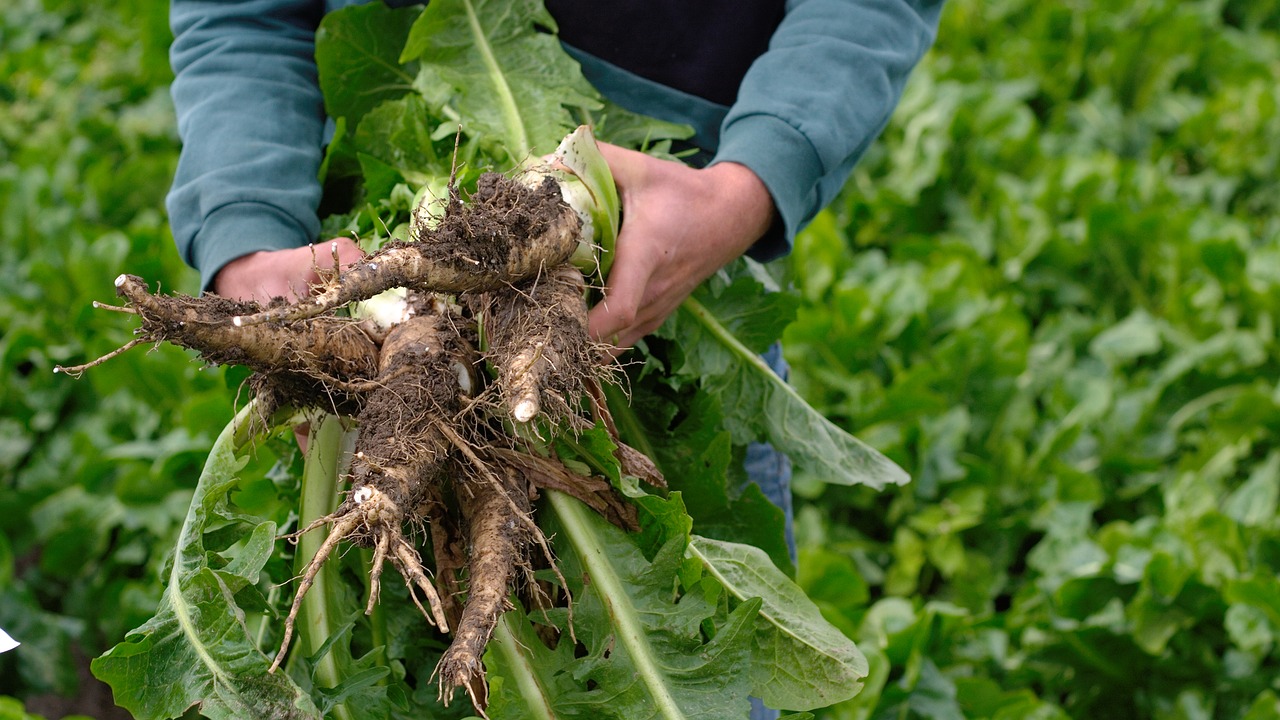
Chicory root is often added to coffee for its rich, roasted flavor. It’s especially popular in New Orleans-style coffee blends. This ingredient is caffeine-free but mimics the taste of coffee. Chicory also has potential health benefits, such as aiding digestion.
Annatto in Cheddar Cheese
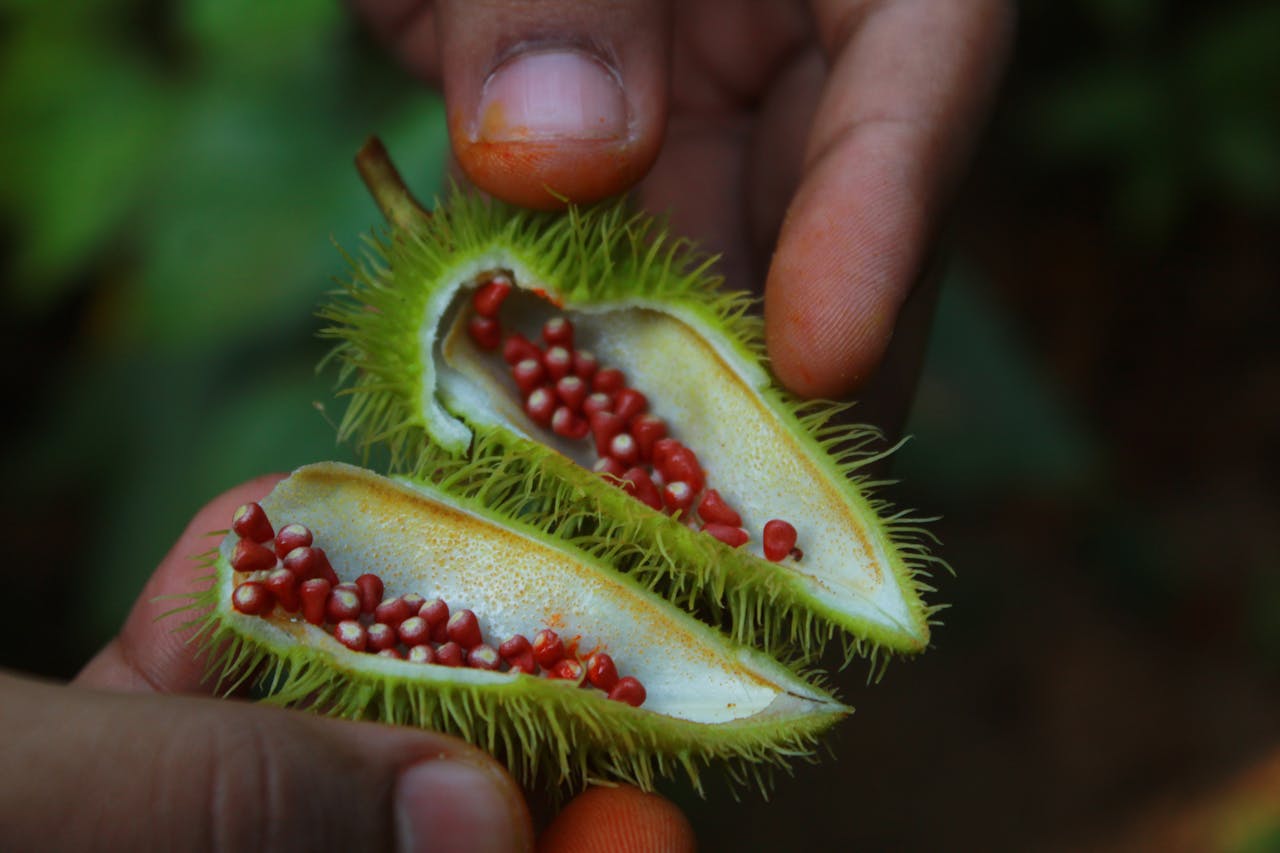
Annatto is a natural dye derived from the seeds of the achiote tree. It’s responsible for the orange color in cheddar cheese. Beyond color, annatto has a slightly nutty and peppery flavor. It’s a traditional ingredient that has been used for centuries in cheese-making.
Maltodextrin in Snack Chips
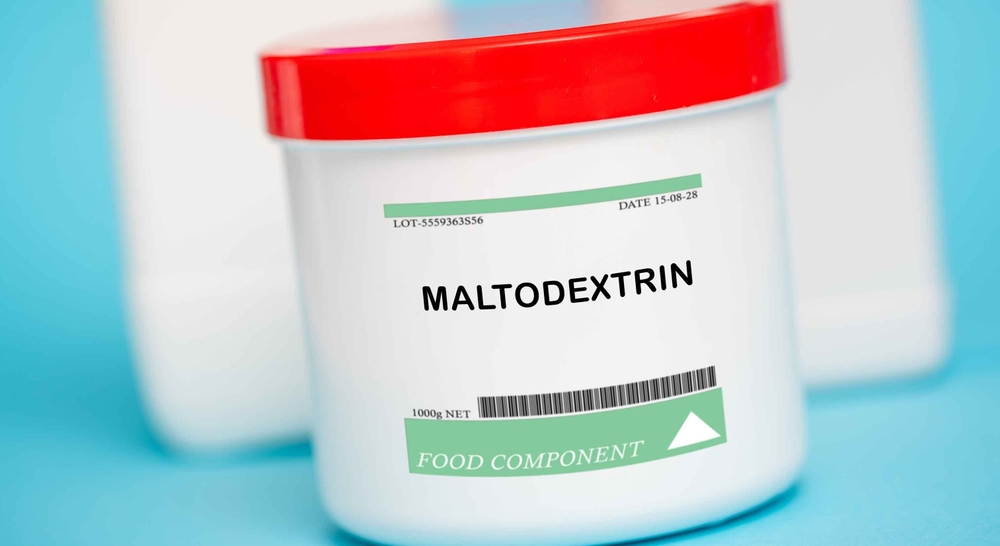
Maltodextrin is a carbohydrate derived from corn, rice, or potatoes. It’s commonly used in snack chips to add bulk and improve texture. This ingredient also helps in evenly distributing flavors. Though it’s a processed additive, it’s considered safe and is easily digestible.
Fish Sauce in Caesar Dressing
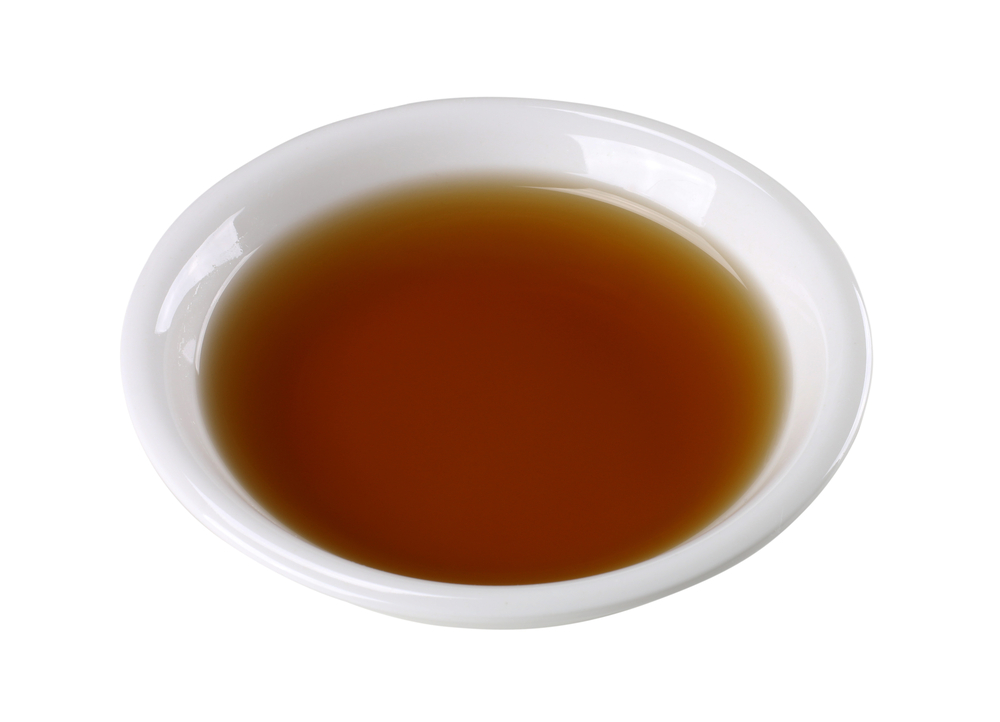
Fish sauce is a key ingredient in Caesar dressing, giving it a deep umami flavor. Made from fermented anchovies, it adds complexity to the dressing. This salty, savory addition is what makes Caesar salad so distinctive. Despite its strong smell, it blends seamlessly into the dressing.
Tapioca Starch in Gluten-Free Snacks
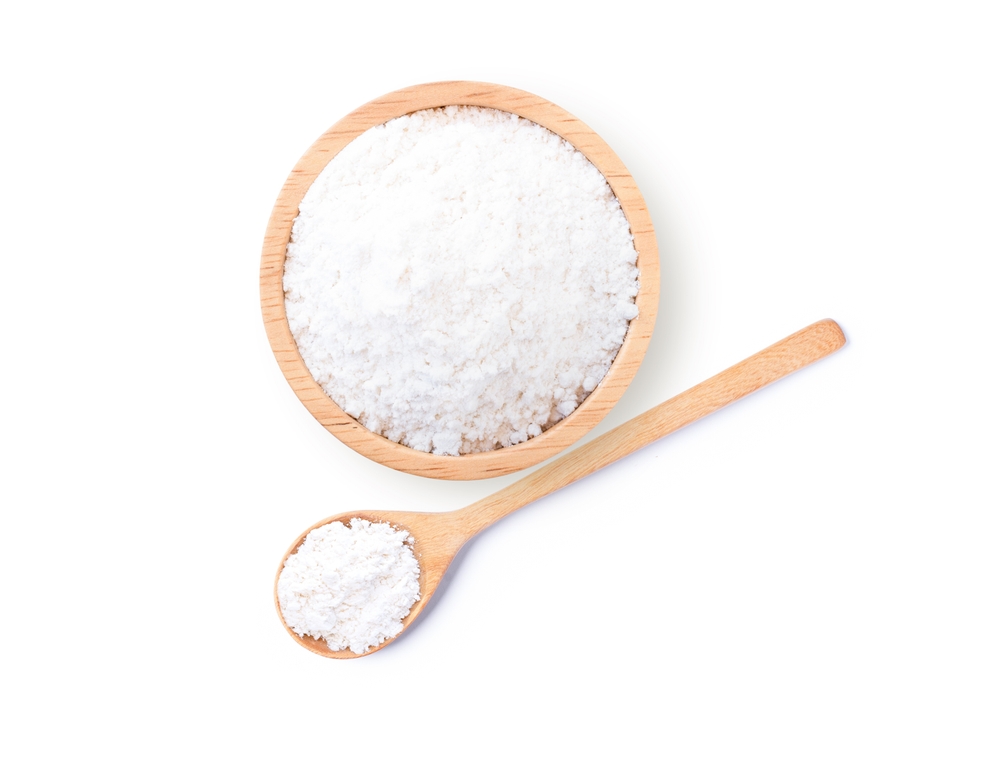
Tapioca starch is often used in gluten-free snacks to mimic the texture of gluten. Derived from the cassava plant, it’s a versatile thickener. This ingredient helps give baked goods a chewy and satisfying consistency. It’s also popular in gluten-free bread and crackers.
Rosemary Extract in Snack Foods
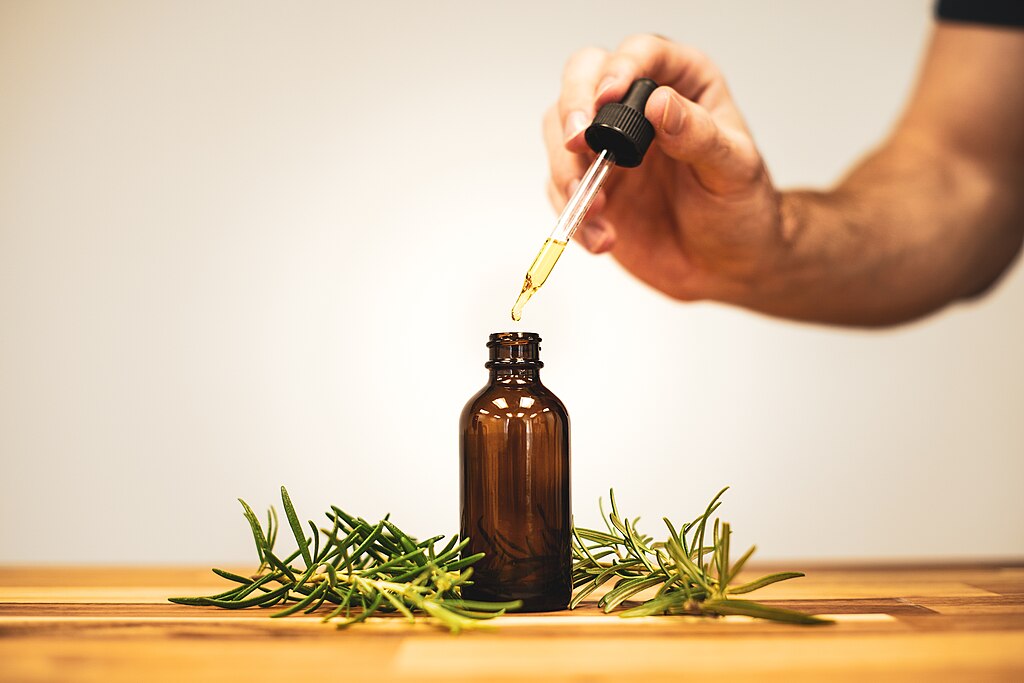
Rosemary extract is used as a natural preservative in many snack foods. It helps extend the shelf life by preventing oxidation. This extract doesn’t impart a strong flavor, so you might not even notice it. It’s a more natural alternative to synthetic preservatives.
Pea Protein in Plant-Based Snacks
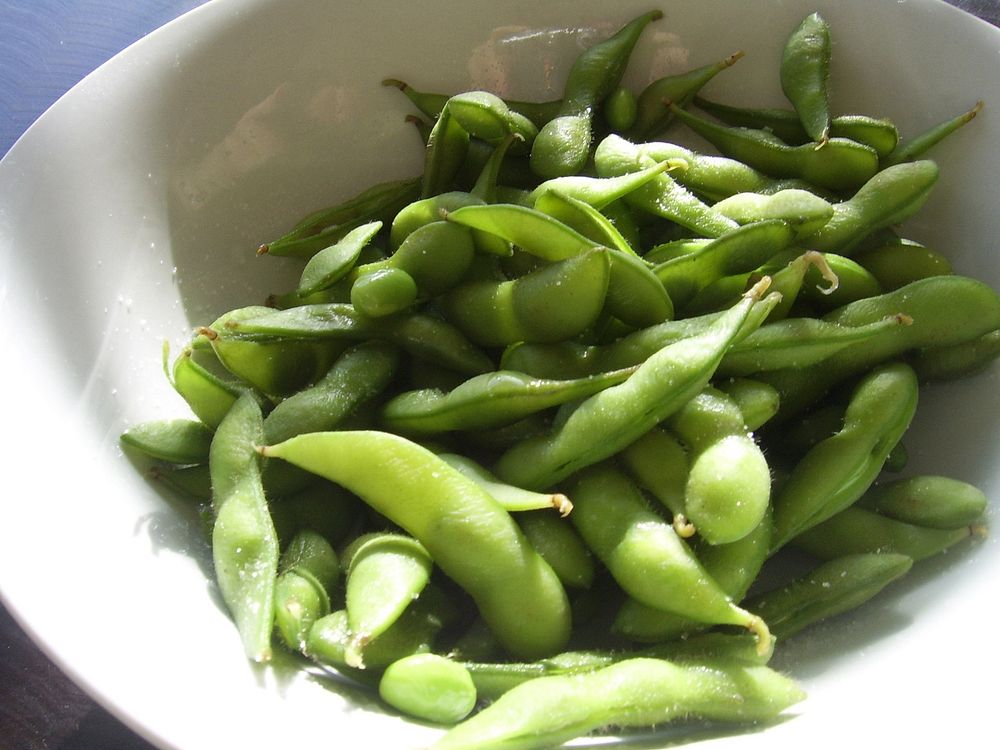
Pea protein is a common ingredient in plant-based snacks. It’s valued for its high protein content and neutral taste. This protein source helps make vegan and vegetarian snacks more nutritious. It’s also easily digestible and hypoallergenic.
Turmeric in Mustard

Turmeric is what gives mustard its bright yellow color. Beyond its vibrant hue, turmeric adds a subtle earthy flavor. It’s also known for its anti-inflammatory properties. This spice is a small but powerful addition to your favorite condiment.
Citric Acid in Sour Candies
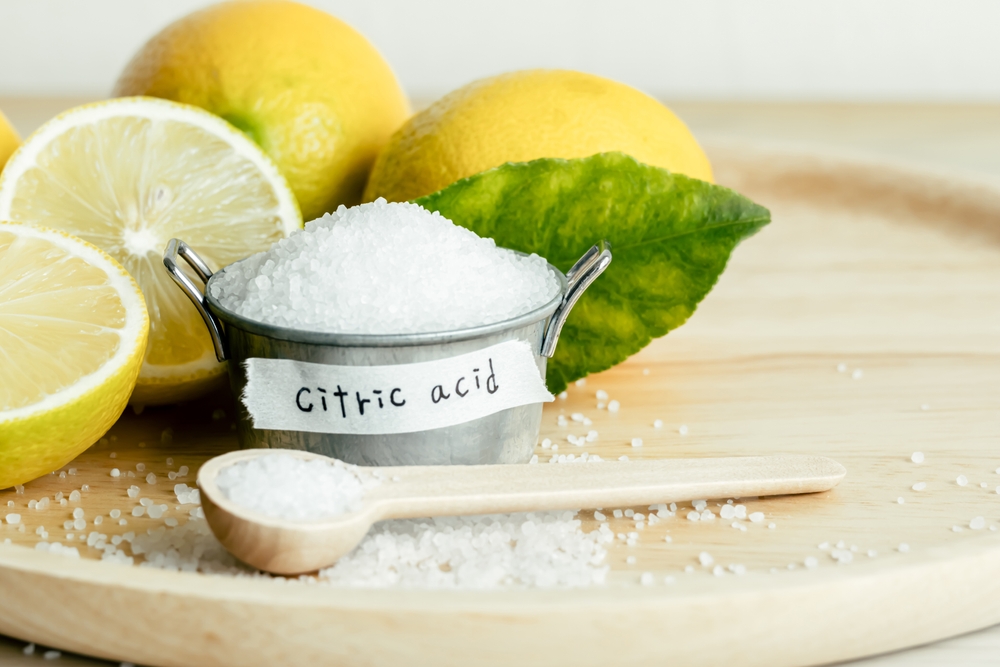
Citric acid is the tangy ingredient in sour candies. It’s derived from citrus fruits and provides that mouth-puckering sourness. Besides flavor, it acts as a preservative to keep candies fresh. This natural acid is what makes sour candies so addictively tart.
Dandelion Root in Herbal Tea
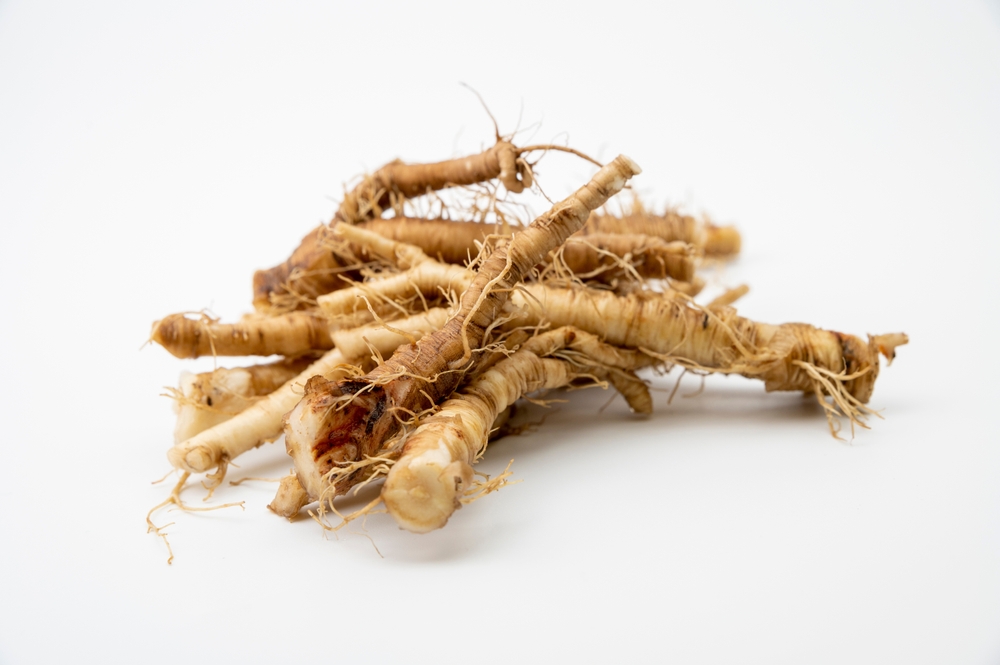
Dandelion root is often found in herbal teas for its earthy flavor. It’s known for its potential health benefits, including aiding digestion and detoxification. This root adds a unique, slightly bitter taste to tea blends. It’s a traditional ingredient in many medicinal teas.
Coconut Oil in Popcorn
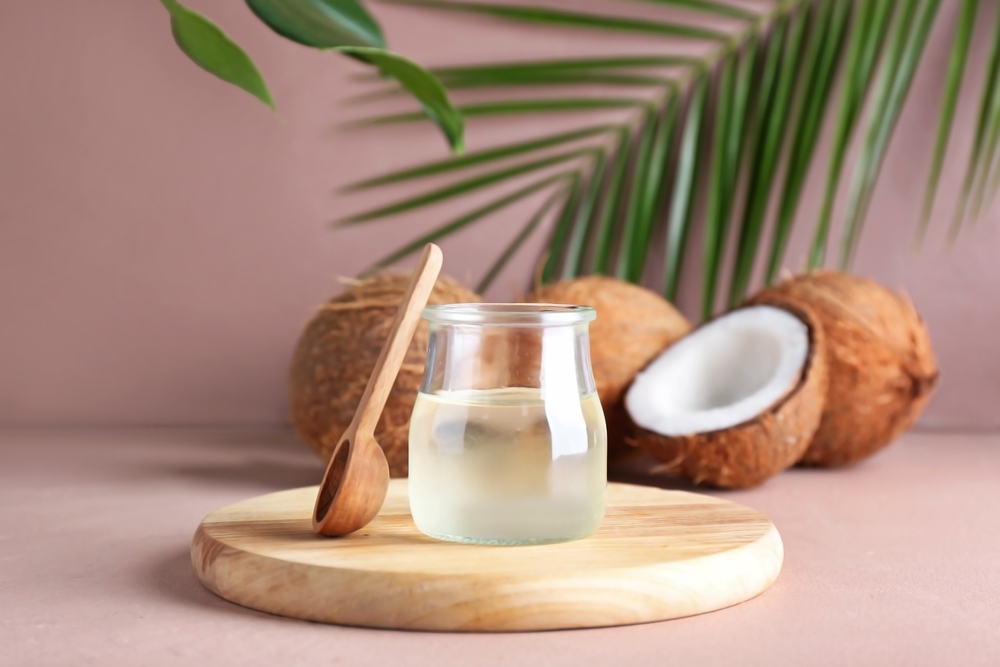
Coconut oil is frequently used to pop popcorn, giving it a distinct flavor. It’s a healthier alternative to butter or hydrogenated oils. This oil also helps popcorn achieve a light and crispy texture. The subtle coconut aroma enhances the overall snacking experience.
Soy Lecithin in Chocolate
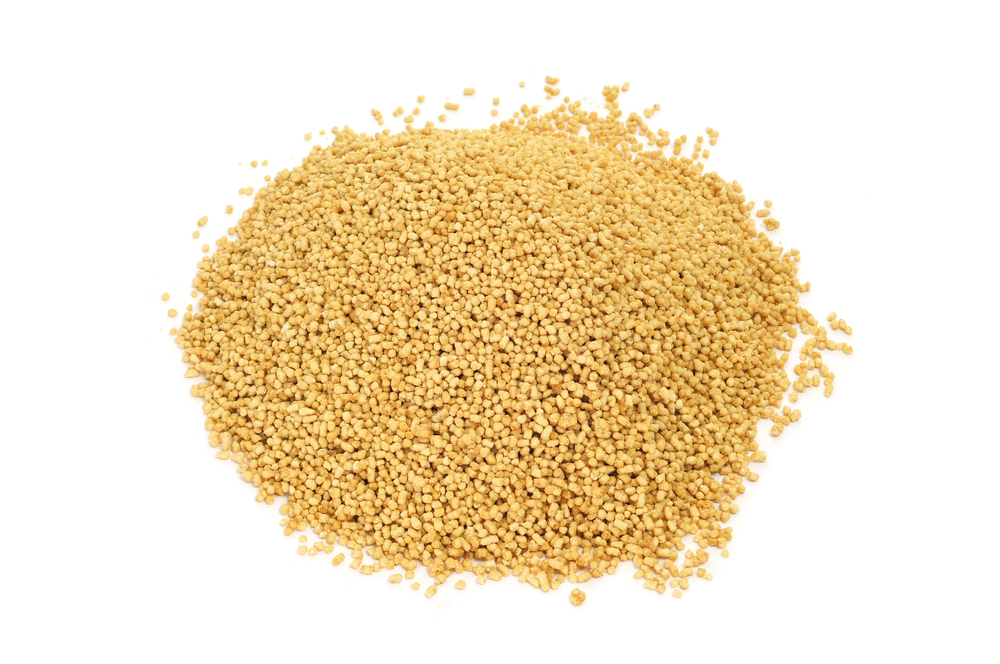
Soy lecithin is an emulsifier used in chocolate to ensure smooth texture and consistency. It helps blend cocoa butter with other ingredients. This addition prevents chocolate from separating and gives it a glossy finish. Despite its soy origin, it has no noticeable taste in the final product.
Smoke Flavoring in BBQ Chips

Smoke flavoring is used in BBQ chips to replicate the taste of grilled food. This ingredient can be derived from natural smoke or created synthetically. It adds depth and a smoky aroma to the chips. This flavoring is what makes BBQ snacks so irresistibly tasty.
Agar in Jelly Sweets
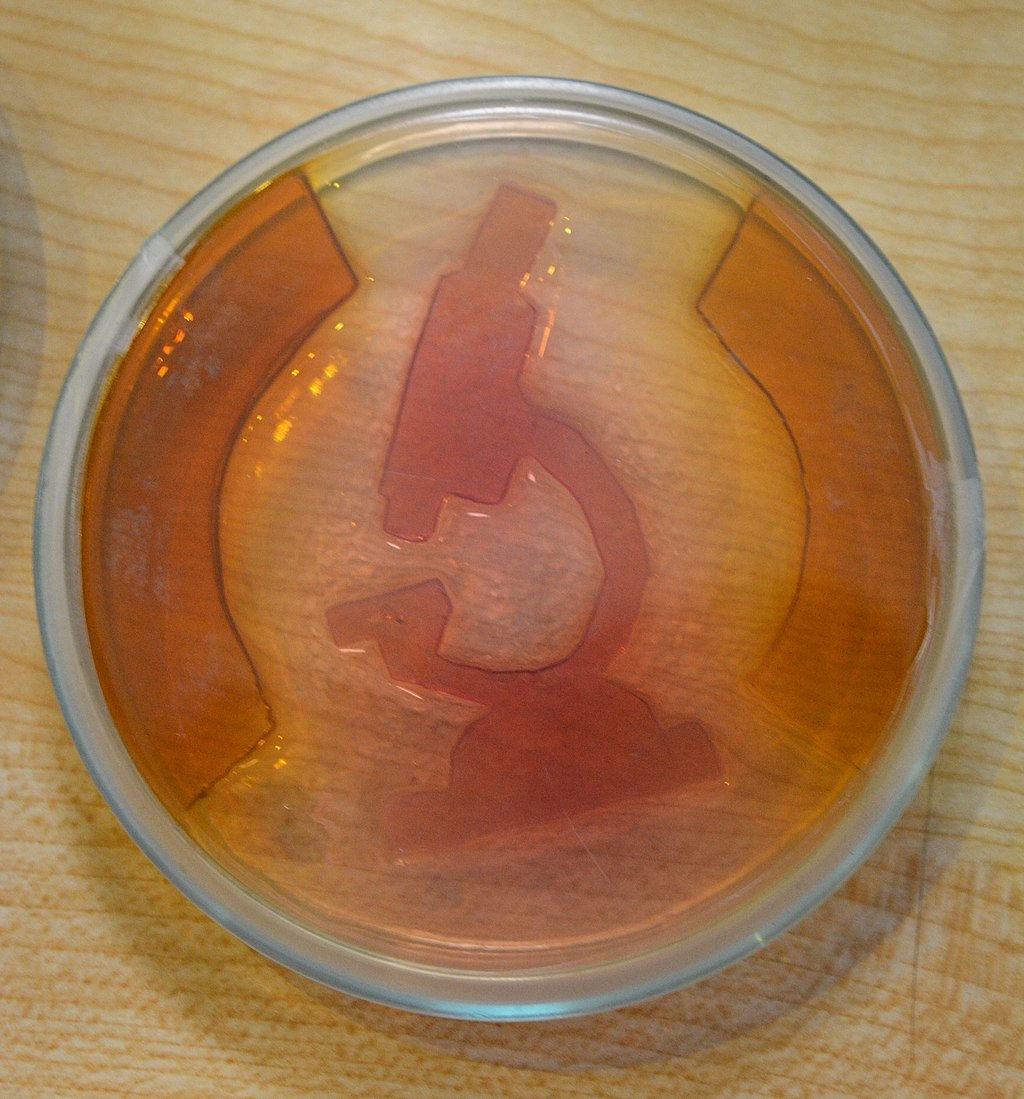
Agar, derived from seaweed, is used as a gelatin substitute in jelly sweets. It’s a vegan-friendly alternative to animal-based gelatin. Agar provides a firm yet slightly chewy texture to candies. It’s also high in fiber and has no distinct flavor, making it perfect for sweets.
Vanillin in Vanilla-Flavored Snacks
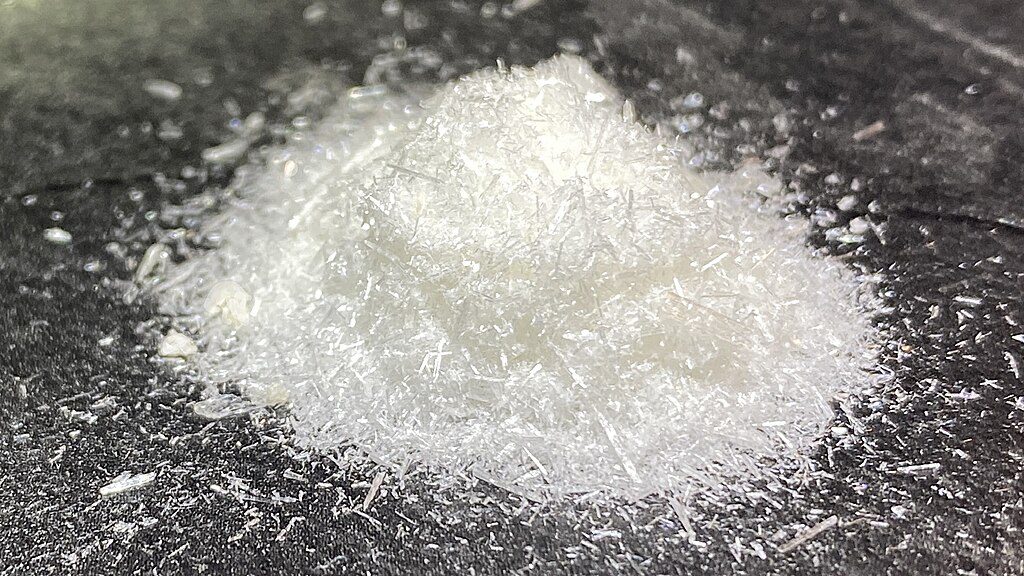
Vanillin is a synthetic compound that mimics the flavor of vanilla. It’s often used in vanilla-flavored snacks because it’s more affordable than natural vanilla extract. This ingredient adds a sweet, aromatic note to various treats. Though synthetic, it’s widely accepted and used in the food industry.
Guar Gum in Salad Dressings
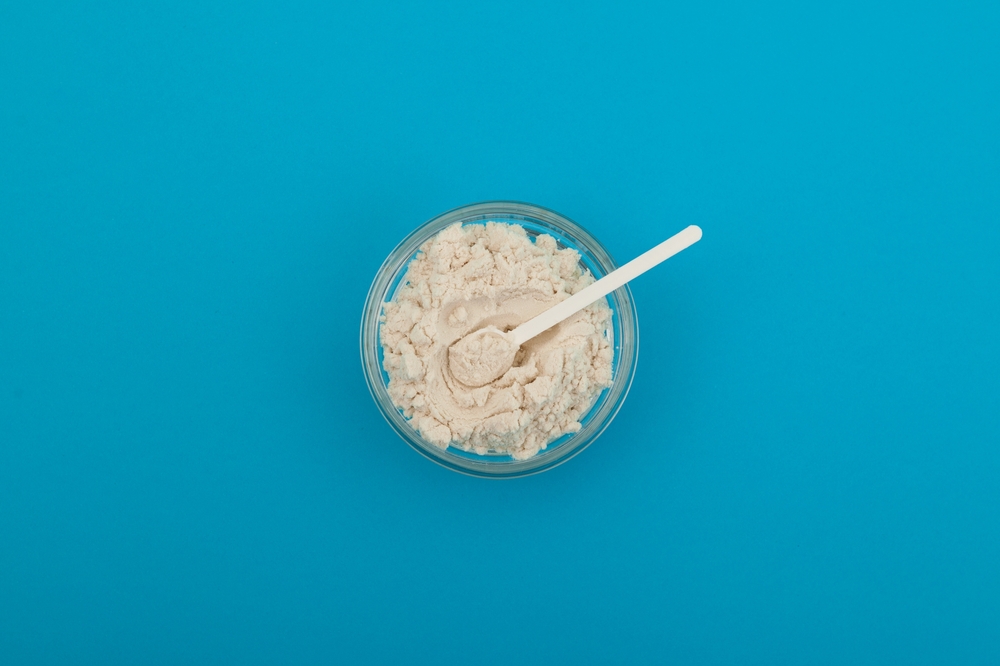
Guar gum is a thickening agent used in many salad dressings. It helps maintain a smooth and consistent texture. Derived from guar beans, it’s a natural and effective stabilizer. This ingredient ensures that your dressing stays creamy without separating.
Calcium Carbonate in Tortillas
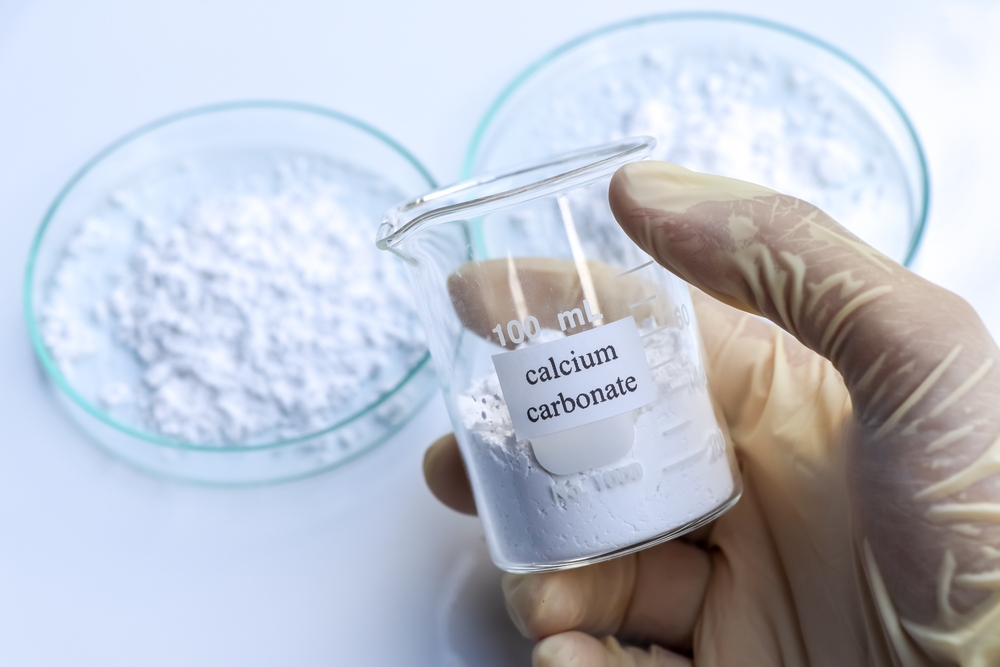
Calcium carbonate is added to tortillas to improve their texture and nutritional value. It acts as a fortifying agent, adding calcium to the diet. This ingredient also helps tortillas stay pliable and soft. It’s a simple yet important addition to this staple food.
Monk Fruit Extract in Sugar-Free Snacks
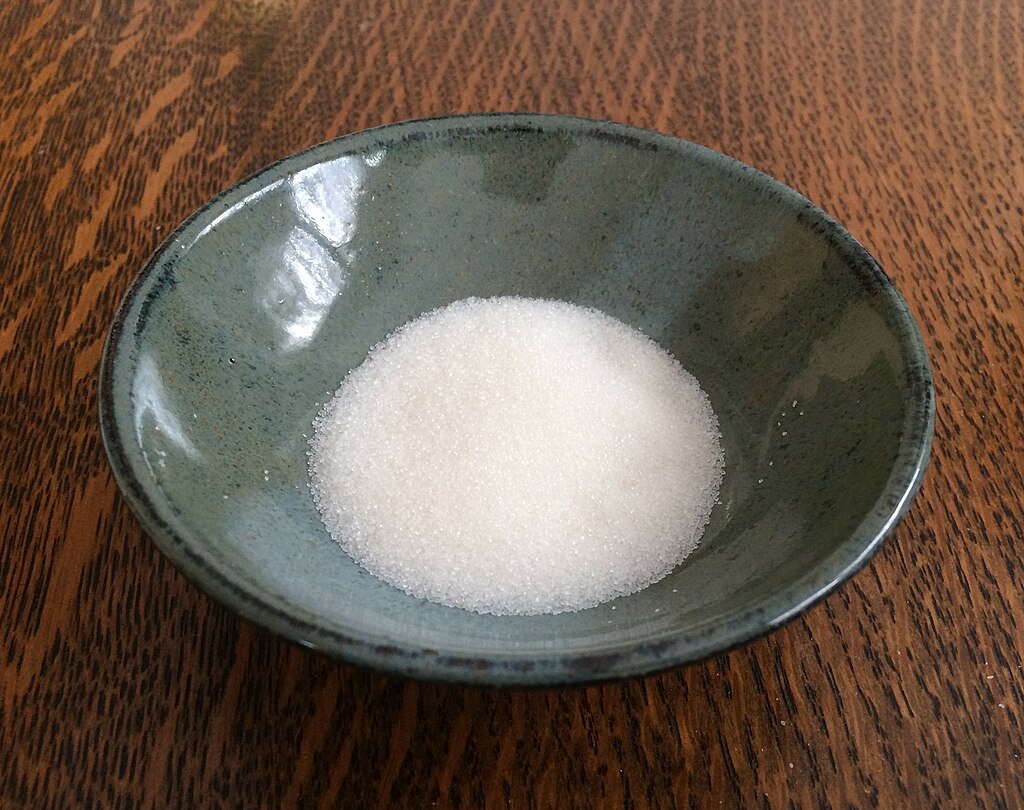
Monk fruit extract is a natural sweetener used in sugar-free snacks. It’s derived from the monk fruit and is much sweeter than sugar but with no calories. This ingredient provides sweetness without affecting blood sugar levels. It’s a popular choice for those seeking healthier snack options.
This article originally appeared on UnifyCosmos.
More from UnifyCosmos
20 Incredible Facts About the Engineering of the Panama Canal

The canal’s construction faced enormous challenges, but its success reshaped international shipping routes. Read more!
Top 15 Budgeting Apps for All Types of Spenders (Mostly Free!)

With the right budgeting app, you can keep track of every dollar. There are plenty of great options, many of which are free. Read more!
15 Hidden Secrets of the Construction of Machu Picchu

These hidden secrets of its construction continue to intrigue and amaze those who study this wonder of the world. Read more!
Leave a Reply